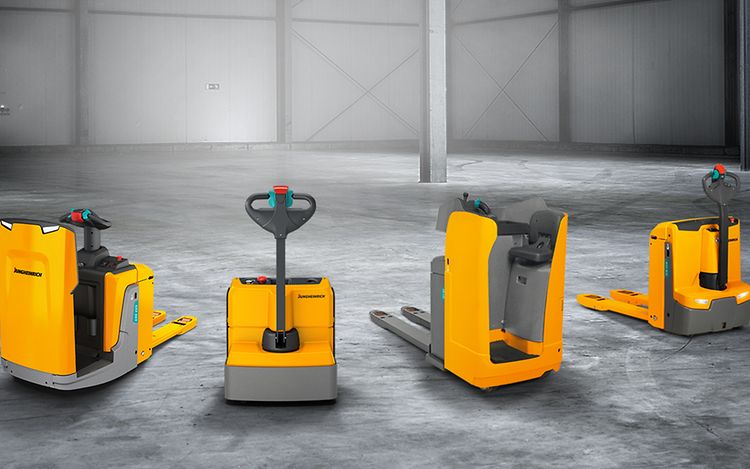The Importance of Recycling Plastics
There's a growing number of processes helping to unlock the value of non-recycled, used plastics - either to recycle into new products, or convert them into various forms of energy, including oil, gas, electricity and liquid and solid fuels. By telling the story of what can happen to everyday plastics after we use them, this video is designed to help policymakers, regulators, waste-management professionals, and other thought leaders see the vast potential of used plastics -- to be reused in new products from recycling, or tapped as a source of domestic energy.
As you may have learned from some of our recent posts, plastic is not just any old plastic. There are several different types of plastics- all with their own unique characteristics and components. Knowing exactly what type of plastic you are using for your product is very important. Some plastics are not safe to eat and drink from, while others may melt or break too easily when loaded with product.
We know now that the base of each type of plastic is some type of synthetic resin, but which one? We’ll break it down for you.
What is The ASTM International Resin Identification Coding System?
Most often abbreviated as the RIC system, The ASTM (American Society of the International Association for Testing and Materials) International Resin Identification Coding System is a set of symbols that appear on plastic products and used to identify the type of resin that the plastic is made out of.
History of the RIC System
As communities first began executing their own recycling systems, the Society of the Plastics Industry established the Resin Identification Code system in 1988. This system made it easier for all types of industries to sort and recycle materials. But what difference did recycling made for them? Plastic will always be in such high demand. So to keep its value low over a period of time, plastic must be reused as much as possible.
How the RIC System Works
On the bottom of plastic products, you may have noticed that there is a symbol consisting of a number with arrows forming a triangle that cycles clockwise around it. That number refers directly to the plastic used in the product.
As RIC has evolved, the symbols have slightly changed. Now you may find a solid triangle or a circle around the number.
Plastic Type: Polyethylene Terephthalate

Uses: Soft drink bottles, tote bags, furniture, carpet, paneling, strapping
Plastic Type: High-Density Polyethylene
Uses: Bottles, grocery bags, milk jugs, recycling bins, piping, car stops, playground equipment, plastic lumber

Plastic Type: Polyvinyl Chloride
Uses: Piping, window profile, siding, fencing, shower curtains, lawn chairs, children’s toys, non-food bottles

Plastic Type: Low-Density Polyethylene
Uses: Plastic bags, pack rings, containers, bottles, wash bottles, tubing

Plastic Type: Polypropylene
Uses: Auto parts, industrial fibers, food containers, dish-ware

Plastic Type: Polystyrene
Uses: Desk accessories, cafeteria trays, plastic utensils, toys, video cassettes, and cases, packing peanuts, insulation board
Plastic Type: Other plastics, such as acrylic, nylon, polycarbonate, etc.
Uses: Bottles, plastic lumber, headlight lenses, safety shields, and safety glasses













